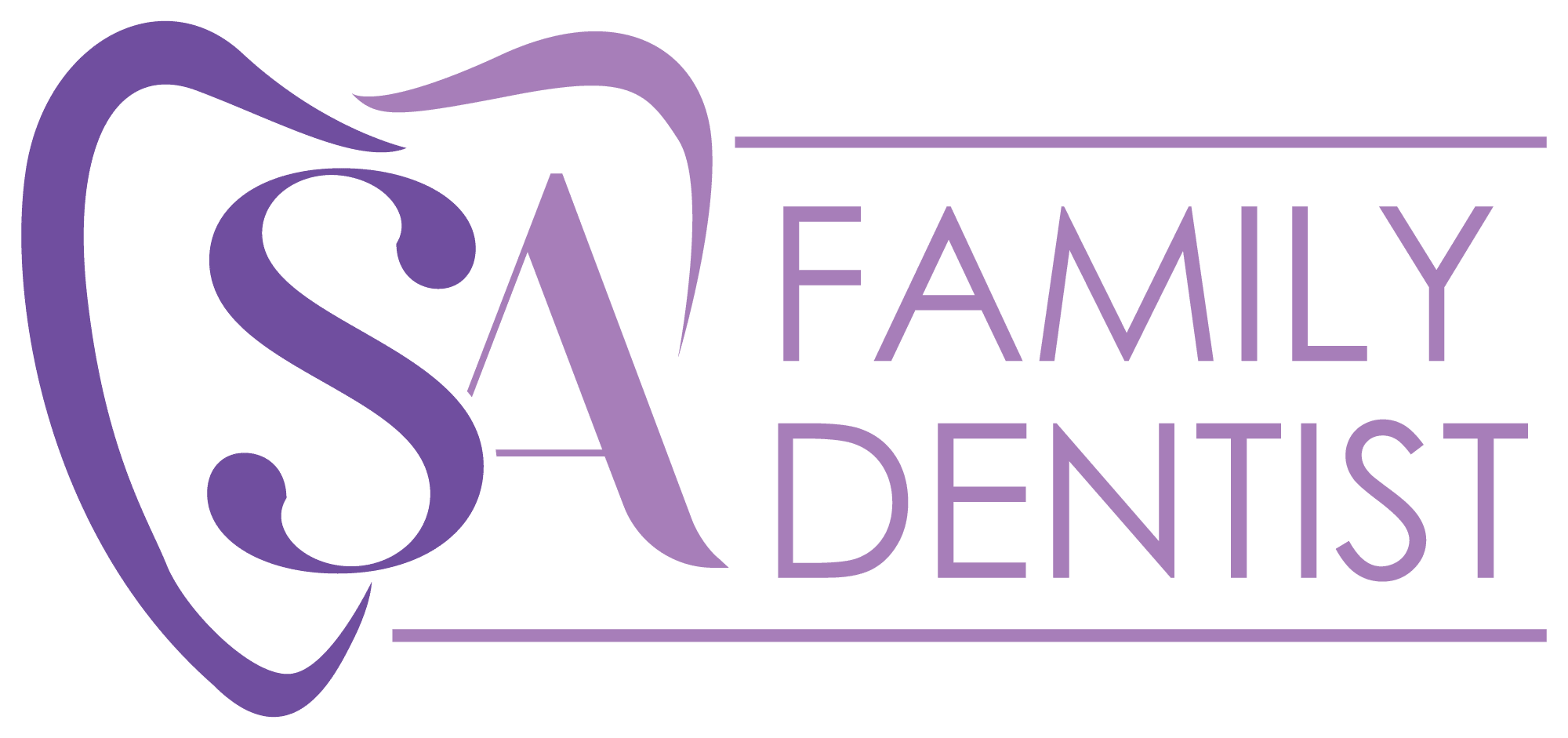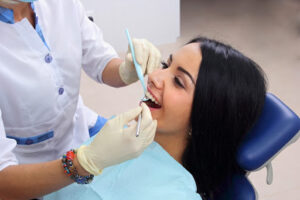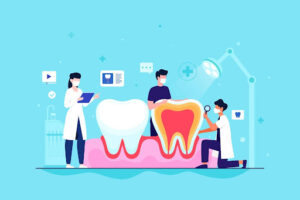Dental emergencies rarely come with a warning. You might be going about your day one moment, and the next, you are holding your jaw in pain or searching for a lost tooth. The hardest part is often not knowing how to identify an emergency or where to go for help.
If you are suffering from a cracked tooth, severe gum swelling, or intense pain, the need for urgent dental care is both real and pressing.
Most dental emergencies are not sudden accidents. They often result from an existing issue that has worsened over time. This is why emergency dental services are not only about easing discomfort. They help protect your overall oral health and prevent lasting damage.
What matters most is knowing when to seek help and who can provide it. A skilled oral health doctor will be able to assess your condition and guide you on the next steps.
Recognising a Dental Emergency Isn’t Always Obvious
Not every dental issue needs immediate care, but some signs should never be ignored. Knowing the difference is important.
Look out for:
- Sudden, sharp toothaches that don’t fade
- A knocked-out or loose permanent tooth
- Bleeding that doesn’t stop
- Swollen gums or face with fever
- Cracked or broken teeth causing pain
- Dental infections or abscesses
These are signs you need help without delay. Waiting too long might make the problem worse.
What Happens When You Visit for Emergency Care
Once you arrive for emergency treatment, a few things usually happen quickly.
Here’s what you can expect:
- An examination is done to identify the issue
- X-rays may be taken for internal damage
- The doctor may prescribe pain relief or antibiotics
- You may receive a temporary or permanent fix depending on the condition
A trained emergency dental doctor will focus on stabilizing your dental health first. That means stopping bleeding, managing pain, and making sure there’s no deeper infection. In some cases, you may need to return for further treatment once the initial problem is under control.
Common Treatments Given During Emergencies
Depending on your issue, treatment can vary. Some of the most common ones include:
- Tooth extraction: For teeth that are too damaged to save
- Root canal: For infected or inflamed tooth pulp
- Temporary fillings: To seal a cracked or broken tooth
- Re-implantation: For knocked-out teeth (if brought in time)
- Draining an abscess: To remove pus and reduce swelling
Sometimes the dentist will also smooth sharp edges of a broken tooth or apply a dressing to protect the area.
How to Handle a Dental Emergency at Home Before You Arrive
It’s important to know some basic steps you can take at home before reaching the clinic.
Here’s what to do:
- If a tooth is knocked out, rinse it gently and try to place it back in the socket
- If you can’t, keep it in a container of milk or saliva
- For bleeding, apply a clean gauze or cloth with gentle pressure
- Use a cold compress for swelling or pain
- Avoid painkillers like aspirin directly on gums—they can irritate tissue
- Don’t use sharp tools to remove stuck food or objects
These steps don’t replace professional care but can help protect your teeth and gums until you get proper attention.
What Emergency Dental Care Is Not Meant For
Not all oral issues are considered emergencies. It helps to know what doesn’t qualify so that emergency resources stay available for those who truly need them.
Examples include:
- Mild tooth sensitivity
- Small chips that don’t cause pain
- Delayed appointments for crowns or bridges
- Minor gum irritation
- Non-urgent cosmetic issues
These can wait for a regular dental appointment. However, if you’re unsure, it’s always safer to ask. A call to your dentist or an oral health doctor can clear your doubts.
Prevention Still Matters; Even During Emergencies
While emergencies can’t always be avoided, good daily habits can reduce the chances.
Simple preventive steps:
- Brush and floss regularly
- Avoid chewing on ice, pens, or hard candy
- Wear a mouthguard during sports
- Keep up with dental checkups
- Don’t ignore small pains—they might grow into big problems
Taking care of your mouth every day reduces the chances of sudden pain or damage.
Who to Contact and How to Get There Quickly
Time matters in dental emergencies. Knowing your nearest clinic and how to reach it fast can save your tooth or stop an infection from spreading.
Prepare a quick-access list:
- Save your dentist’s number in your phone
- Keep the clinic’s address in your car or wallet
- Ask if your dental office offers urgent dental care
- Check if they accept walk-ins or same-day appointments
Emergency care should be accessible, quick, and professional. Having that information ready helps when every minute counts.
Costs and Insurance During Emergency Dental Visits
Emergency dental services can come with unexpected costs. That’s why it helps to be prepared.
Here’s what to keep in mind:
- Check if your dental insurance covers emergencies
- Ask your clinic if payment plans are available
- Emergency fees may be higher than regular visits
- Bring ID and insurance documents to save time
Knowing the cost ahead can remove added stress during a painful time.
Help Is Closer Than You Think; Get the Care You Deserve
Some things in life are unpredictable. Toothaches, cracked teeth, and dental injuries often come when least expected. But you don’t have to face them alone. A trained emergency dental doctor can provide quick relief and expert care that keeps your mouth healthy and safe.
Many patients in San Antonio rely on SA Family Dentist for dependable emergency support, day or night.






